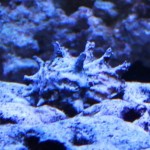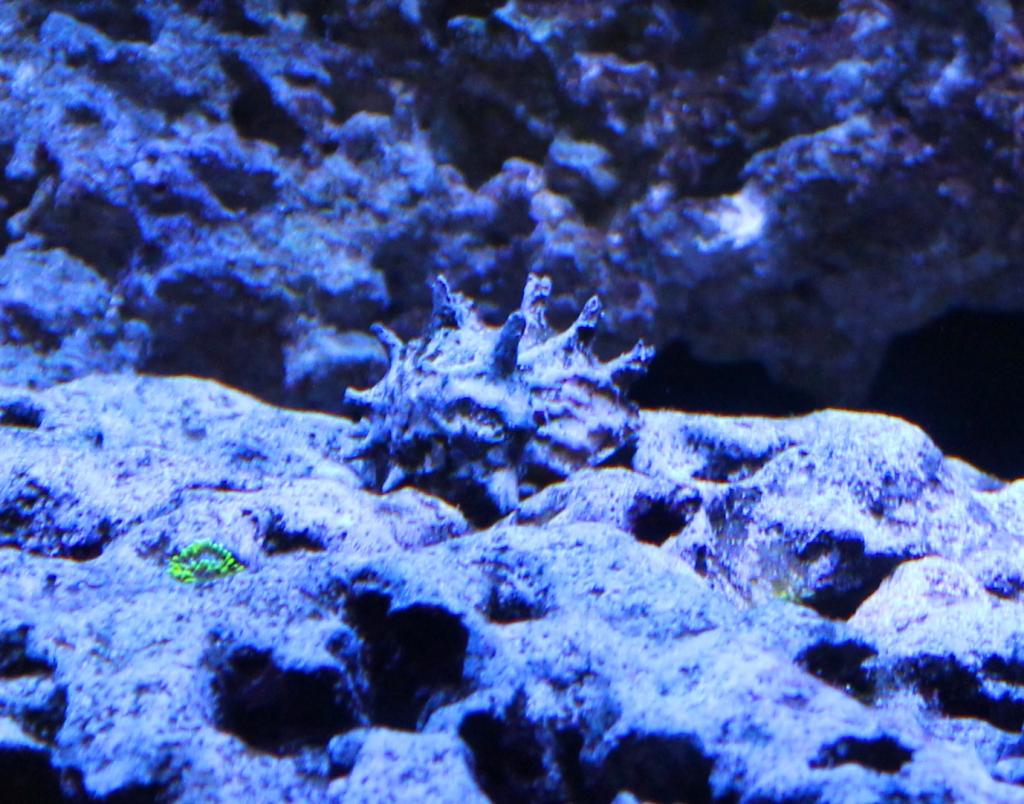Tag Archives: Spiny Star Astraea

Spiny Star Astraea Snail
Common Name: Spiny Star Astraea
Scientific Name: Astraea Phoebia
Reef Safe: Yes
Temperament: Very Peaceful
Care Level: Very Easy
Max Size: Around 1 inch
Appearance:
These are one of my preferred choices for a cleanup crew in my aquariums. The Spiny Star Astraea has smaller projections along the bottom edge around their shells. This can give them a “Star” like appearance when looking down on to their shells.

Temperament
Spiny star Astraea snails are very peaceful snails.
Environment
Spiny star astraea snails do best in aquariums with a lot of live rock . They will best in mature set-up or new set-ups with a lot of green algae for them to eat. Spiny star astraea snails will also consume diatoms and I have read some reports of them also consuming cayno. Provided there is enough algae to sustain them, the spiny star astraea snails are suitable for aquariums as small as 20 gallons. Trace amounts of copper based medications can be lethal to a spiny star astraea snail.
Recommended water conditions:
I would refer you to the below article for the typical water conditions that a spiny star astraea snails will do best in. While they are very tolerant to less than ideal water parameters, they will best in the long term with good and stable water parameters.
https://www.reefaquarium.com/2013/the-basics-of-marine-aquarium-water-parameters/
Diet
Spiny Star Astraea snails are omnivores, their diet will consist of: phytoplankton, especially hair algae or filamentous algae, cyanobacteria and diatoms. They will do best in an aquarium with lots of green algae for them to eat. Spiny star astraea snails need to eat a lot of green algae growing in your aquarium as the biggest part of their diet. This would include all types of green algae and hair algae. If the algae level drops to the point of there not being enough in the aquarium for this snail to eat, you can supplement their diet with dried seaweed.
Note:
As these snails crawl around on the rocks, it can be common for them to fall off the rocks sometimes. If they fall off a rock and land on their shell (on their back), you will need to flip them right-side up as they cannot flip themselves back on the foot.